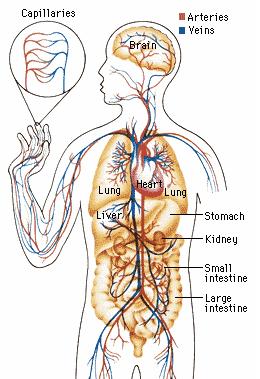Treatment. For many years, no direct treatment for stroke existed. Medical care was aimed at preventing complications and reducing the risk of a second stroke. Complications from stroke include pneumonia and other infections and bed sores. In 1995, a major study showed that the clot-dissolving drug tissue plasminogen activator could improve eventual recovery from strokes due to blood clots. Because the drug must be given within three hours of a stroke's onset, patients with symptoms of stroke should seek immediate care.
Rehabilitation helps many victims who are able to cooperate with therapists regain lost function. Stroke patients work chiefly with physical therapists, speech therapists, and occupational therapists. Physical therapists help paralyzed stroke patients move to prevent muscle stiffening. Physical therapists also use exercises and treatment with heat, water, and massage to help patients perform daily tasks. Speech therapists help stroke victims who have language disabilities. Occupational therapists help patients coordinate hand and eye movements to perform such basic tasks as writing and preparing food.
Scientists have conducted much research on how the brain recovers its ability to function following stroke. A new rehabilitation technique called constraint-induced movement therapy helps stroke victims regain use of paralyzed limbs. In this type of therapy, patients perform up to six hours of exercise with the paralyzed limb while the opposite, unaffected limb is restrained. Scientists believe the intensive therapy causes the patient's brain to grow new nerve connections to restore lost function. Such research offers hope that someday stroke victims may regain full use of their brain.
James N. Davis, M.D., Professor and Chairman of Neurology, State University of New York, Stony Brook.
|


